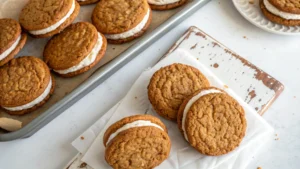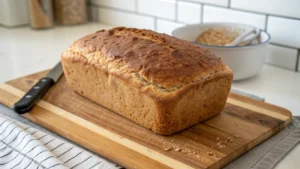Introduction: Why Gluten-Free Bread Matters
Who doesn’t love the smell of freshly baked bread wafting through the kitchen? For those avoiding gluten whether due to celiac disease, sensitivity, or choice finding a loaf that’s soft, flavorful, and satisfying can feel like a treasure hunt. Gluten-free bread has come a long way, and today, it’s not just a substitute but a star in its own right. In this guide, we’re diving deep into everything you need to bake delicious gluten-free bread at home, from essential ingredients to foolproof recipes and expert tips.
Why should you care? Bread is a dietary staple for many, and going gluten-free shouldn’t mean missing out on crusty sourdough or fluffy dinner rolls. Whether you’re a beginner or a seasoned baker, this article will empower you to create homemade gluten-free bread that rivals any bakery. Plus, we’ll explore global variations and store-bought options to keep your pantry stocked. Ready to roll up your sleeves and get baking? Let’s dive in!
“Gluten-free baking is about creativity and science once you master the balance, the results are pure magic.”
Nicole Hunn, Gluten-Free on a Shoestring
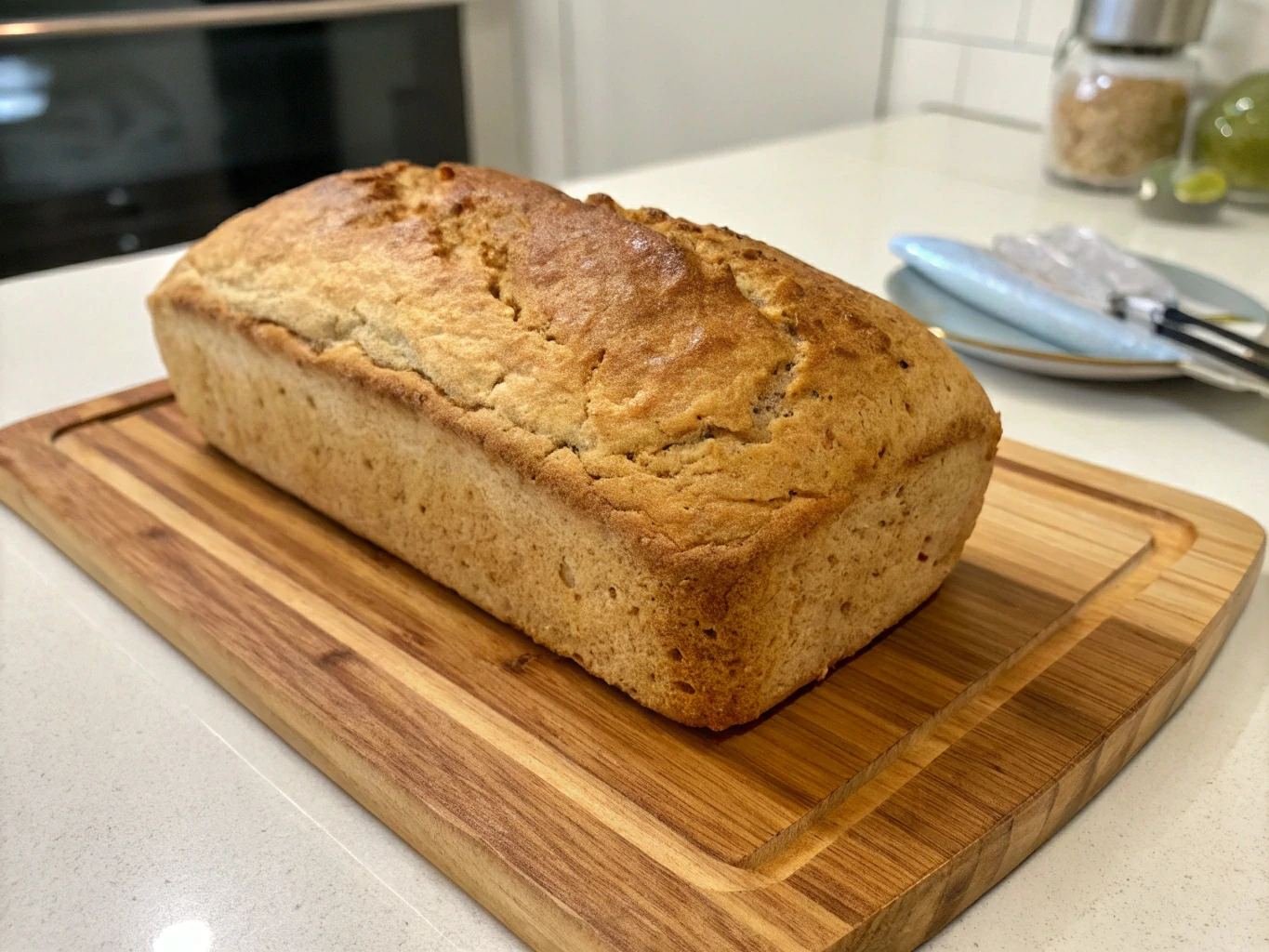
Understanding Gluten-Free Bread
What Is Gluten, and Why Go Gluten-Free?
Gluten is a protein found in wheat, barley, rye, and some other grains. It gives bread its stretchy, chewy texture but for people with celiac disease or gluten sensitivity, it can cause serious health issues, from digestive discomfort to nutrient deficiencies. Others choose gluten-free diets for lifestyle reasons, seeking lighter or alternative options.
Going gluten-free doesn’t mean sacrificing flavor. Modern gluten-free bread recipes use clever ingredient combinations to mimic the texture and taste of traditional loaves. But baking without gluten isn’t always straightforward let’s explore why.
Challenges of Gluten-Free Baking
Without gluten, dough lacks elasticity, often resulting in dense or crumbly bread. The key is understanding how to replace gluten’s structure. Binders like xanthan gum and flour blends work together to create a cohesive loaf. It’s a bit like building a house you need the right materials to hold it all together.
“The biggest mistake in gluten-free baking is expecting it to behave like wheat dough. Embrace the differences, and you’ll be amazed.”
Beth Hillson, Gluten-Free Baking Expert
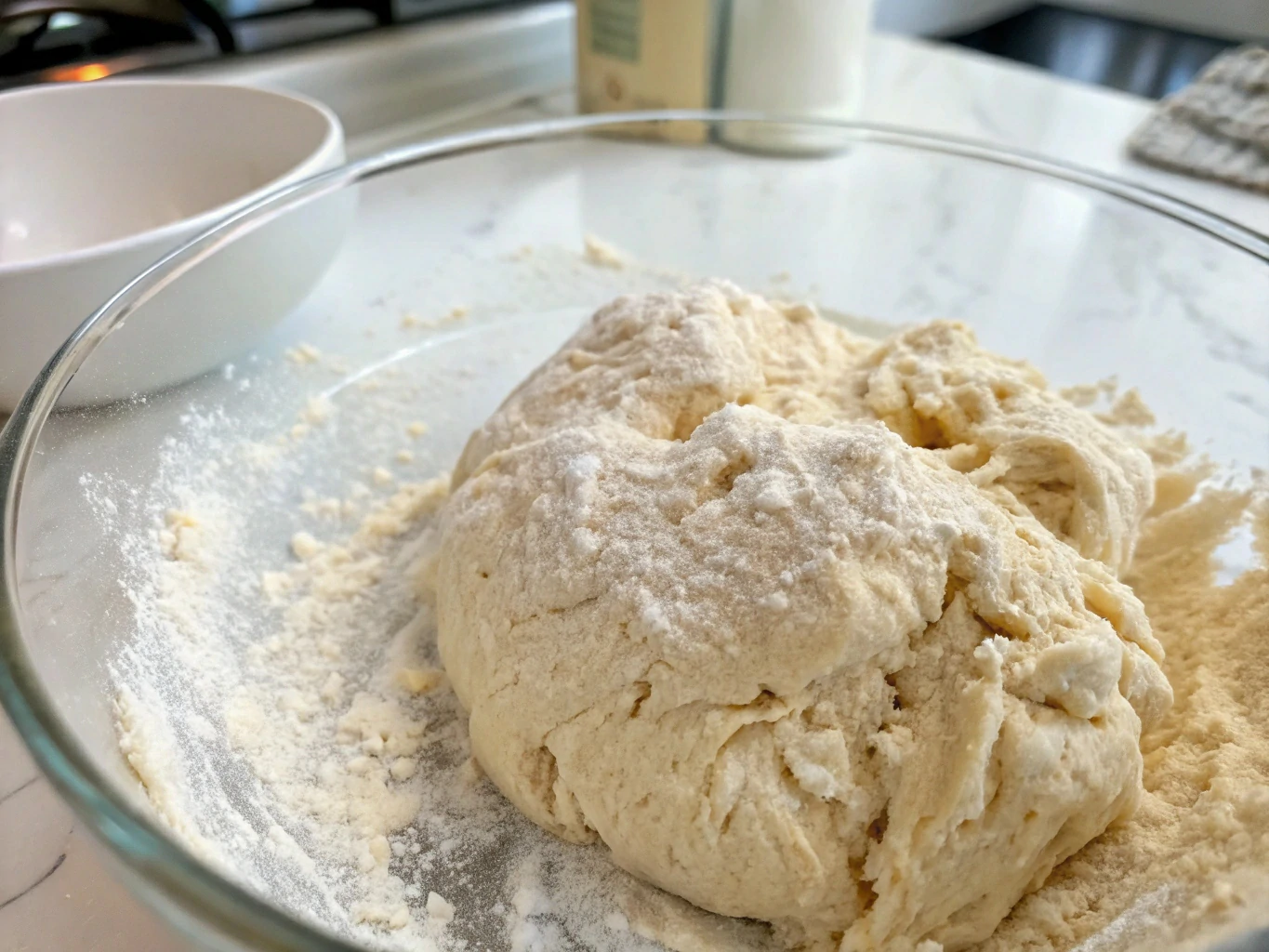
Essential Ingredients for Gluten-Free Bread
Creating homemade gluten-free bread starts with the right ingredients. Here’s a breakdown of what you’ll need:
- Flour Blends: No single flour can replace wheat, so blends are key. Popular options include:
- Rice flour: Light and neutral, great for structure.
- Tapioca starch: Adds chewiness and softness.
- Almond flour: Nutty flavor, adds moisture (perfect for richer loaves).
- Sorghum flour: Slightly sweet, good for whole-grain texture.
- Binders: Xanthan gum or guar gum mimics gluten’s elasticity. Use about 1 tsp per cup of flour.
- Leavening Agents: Yeast or baking powder helps the bread rise. Instant yeast is reliable for home bakers.
- Fats: Butter (halal-certified), vegetable oil, or coconut oil adds moisture and richness.
- Sweeteners: Honey or sugar feeds yeast and balances flavors.
- Liquids: Water or milk (dairy or plant-based) hydrates the dough.
- Eggs: Optional but add structure and richness (can be skipped for vegan recipes).
- Salt: Enhances flavor and controls yeast activity.
Pro Tip: Always check labels to ensure ingredients are certified gluten-free, as cross-contamination can occur.
| Ingredient | Role | Substitute |
|---|---|---|
| Rice Flour | Structure | Sorghum Flour |
| Xanthan Gum | Binding | Guar Gum |
| Honey | Sweetener | Maple Syrup |
For more ingredient inspiration, check out our guide to healthy homemade mayonnaise recipes for complementary spreads!
Step-by-Step Guide to Making Basic Gluten-Free Bread
Ready to bake? This easy gluten-free bread recipe yields a soft, crusty loaf perfect for sandwiches or toast. Follow these steps:
Ingredients (Makes 1 Loaf)
- 2 cups gluten-free flour blend (e.g., rice flour, tapioca starch, potato starch)
- 1 tsp xanthan gum (if not in blend)
- 1 tbsp instant yeast
- 1 tsp salt
- 1 tbsp honey
- 2 tbsp vegetable oil
- 1 cup warm water (110°F)
- 2 large eggs (optional, for richer texture)
Instructions
- Prep: Grease a 9×5-inch loaf pan. Preheat oven to 375°F.
- Mix Dry Ingredients: In a large bowl, whisk flour blend, xanthan gum, yeast, and salt.
- Combine Wet Ingredients: In another bowl, mix honey, oil, water, and eggs (if using).
- Blend: Pour wet ingredients into dry. Mix with a stand mixer or spoon until smooth (dough will be sticky).
- Proof: Transfer dough to the loaf pan. Cover with a damp cloth and let rise for 30-45 minutes in a warm place until puffy.
- Bake: Bake for 35-40 minutes until golden and internal temperature reaches 200°F.
- Cool: Let cool in the pan for 10 minutes, then transfer to a rack. Slice once fully cooled.
Storage: Store in an airtight container for up to 3 days or freeze slices for up to 3 months.
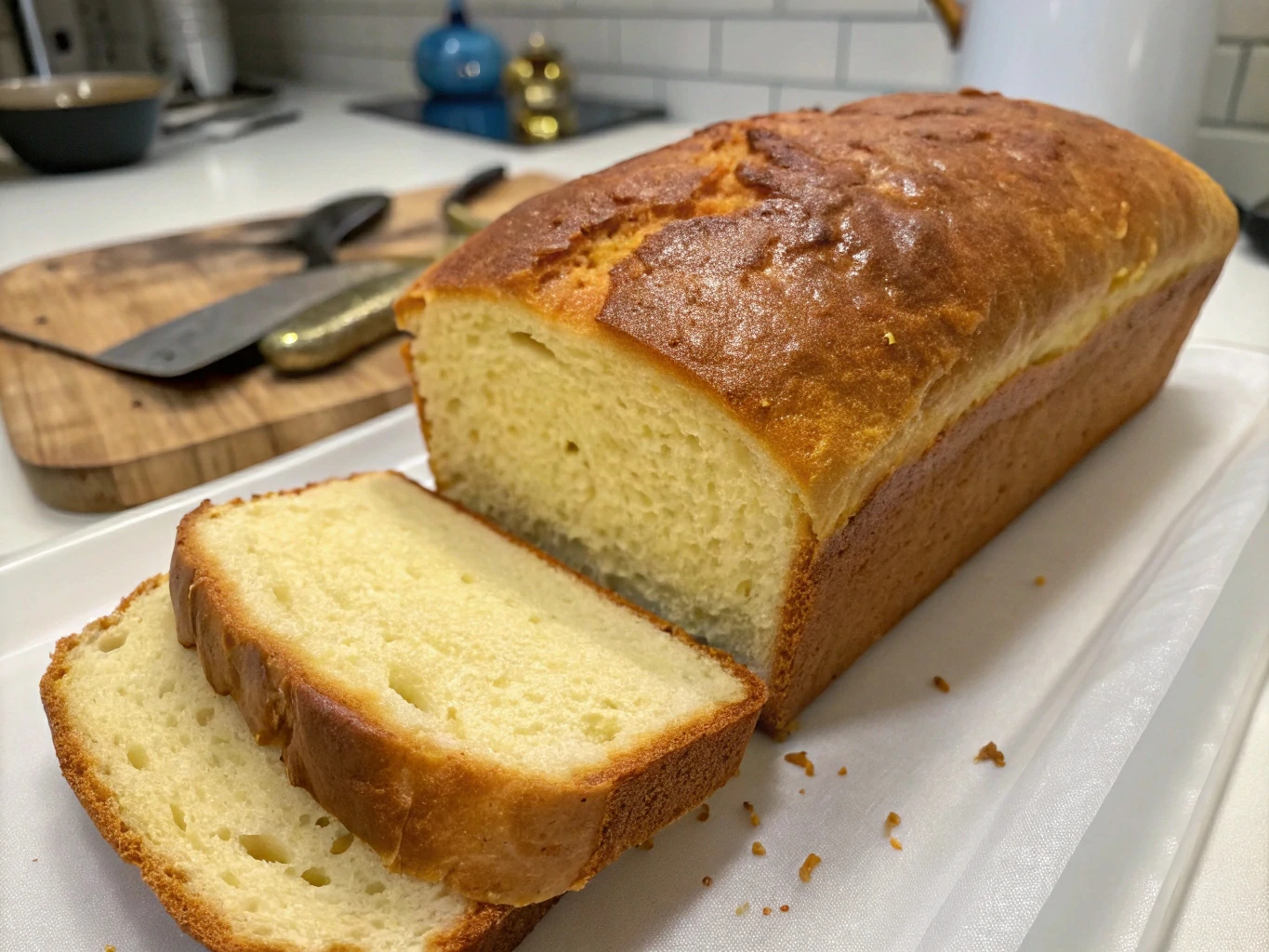
Gluten-Free Bread Variations and Recipes
One loaf doesn’t fit all! Here are three gluten-free bread recipes to suit different tastes:
1. Whole Grain Gluten-Free Bread
- Ingredients: Swap half the flour blend for sorghum flour and add ¼ cup chia seeds for texture.
- Method: Follow the basic recipe, adding seeds during mixing. Bake 5 minutes longer.
- Taste: Nutty and hearty, great for toast.
2. Gluten-Free Sourdough Bread
- Ingredients: Use a gluten-free sourdough starter (made with rice flour) and replace water with sparkling water for lift.
- Method: Proof overnight for tangy flavor. Bake in a Dutch oven for a crusty finish.
- Taste: Tangy and chewy, perfect with soups.
3. Sweet Gluten-Free Cinnamon Bread
- Ingredients: Add 2 tbsp brown sugar and 1 tsp cinnamon to the dry mix. Swirl in a cinnamon-sugar topping before baking.
- Method: Follow basic recipe, layering the swirl halfway through filling the pan.
- Taste: Sweet and spiced, ideal for breakfast.
For more sweet baking ideas, try our healthy chocolate cookies recipe.
“Sourdough is a game-changer for gluten-free bakers it’s all about patience and practice.”
Aran Goyoaga, Cannelle et Vanille
Tips and Troubleshooting for Perfect Gluten-Free Bread
Baking gluten-free bread can feel like a puzzle, but these tips will help:
- Measure Precisely: Use a kitchen scale for flour to avoid dense loaves.
- Don’t Skip Binders: Xanthan gum is crucial unless your blend includes it.
- Check Yeast: Ensure it’s fresh and water isn’t too hot (above 120°F kills yeast).
- Avoid Overmixing: Mix until just combined to prevent a gummy texture.
- Cool Completely: Cutting too soon causes crumbling.
Common Issues and Fixes
| Issue | Cause | Fix |
|---|---|---|
| Dense Bread | Too much flour | Use less flour, add more liquid |
| Crumbly Texture | Not enough binder | Add ½ tsp more xanthan gum |
| Doesn’t Rise | Inactive yeast | Test yeast in warm water with sugar |
For more baking hacks, explore our best healthy pancake mixes guide.
Health Benefits of Gluten-Free Bread
Gluten-free bread isn’t just for those with dietary restrictions—it can offer nutritional perks:
- Digestive Ease: For those with celiac or sensitivity, it reduces bloating and discomfort.
- Nutrient Variety: Using flours like almond or sorghum adds protein, fiber, and vitamins.
- Lower Glycemic Index: Some blends, like coconut flour, digest slower than wheat.
However, store-bought options can be high in sugar or additives. Homemade gluten-free bread lets you control ingredients for a healthier loaf.
A 2023 study found that gluten-free diets improved gut health in 68% of non-celiac participants.
Journal of Nutrition
Buying Guide for Store-Bought Gluten-Free Bread
Sometimes, you need a quick option. Here’s how to choose the best store-bought gluten-free bread:
- Check Ingredients: Look for whole grains like quinoa or brown rice over fillers like potato starch.
- Certifications: Ensure it’s labeled certified gluten-free to avoid cross-contamination.
- Texture: Seek brands with psyllium husk for softness.
- Taste Test: Popular brands include Canyon Bakehouse and Schär.
Top Pick: Canyon Bakehouse Mountain White soft, versatile, and widely available. Learn more about gluten-free certifications at Celiac.org.
Unique Angle: Exploring Global Gluten-Free Breads
Gluten-free isn’t just about sandwich loaves. Around the world, cultures have long embraced naturally gluten-free breads:
- Indian Roti: Made with chickpea flour, it’s soft and perfect with curries.
- Mexican Corn Tortillas: Masa harina creates pliable, flavorful wraps.
- Ethiopian Injera: A tangy teff flour flatbread, ideal for scooping stews.
These options add variety to your table and prove gluten-free bread is a global delight. Curious about international flavors? Try our chicken tacos recipe.
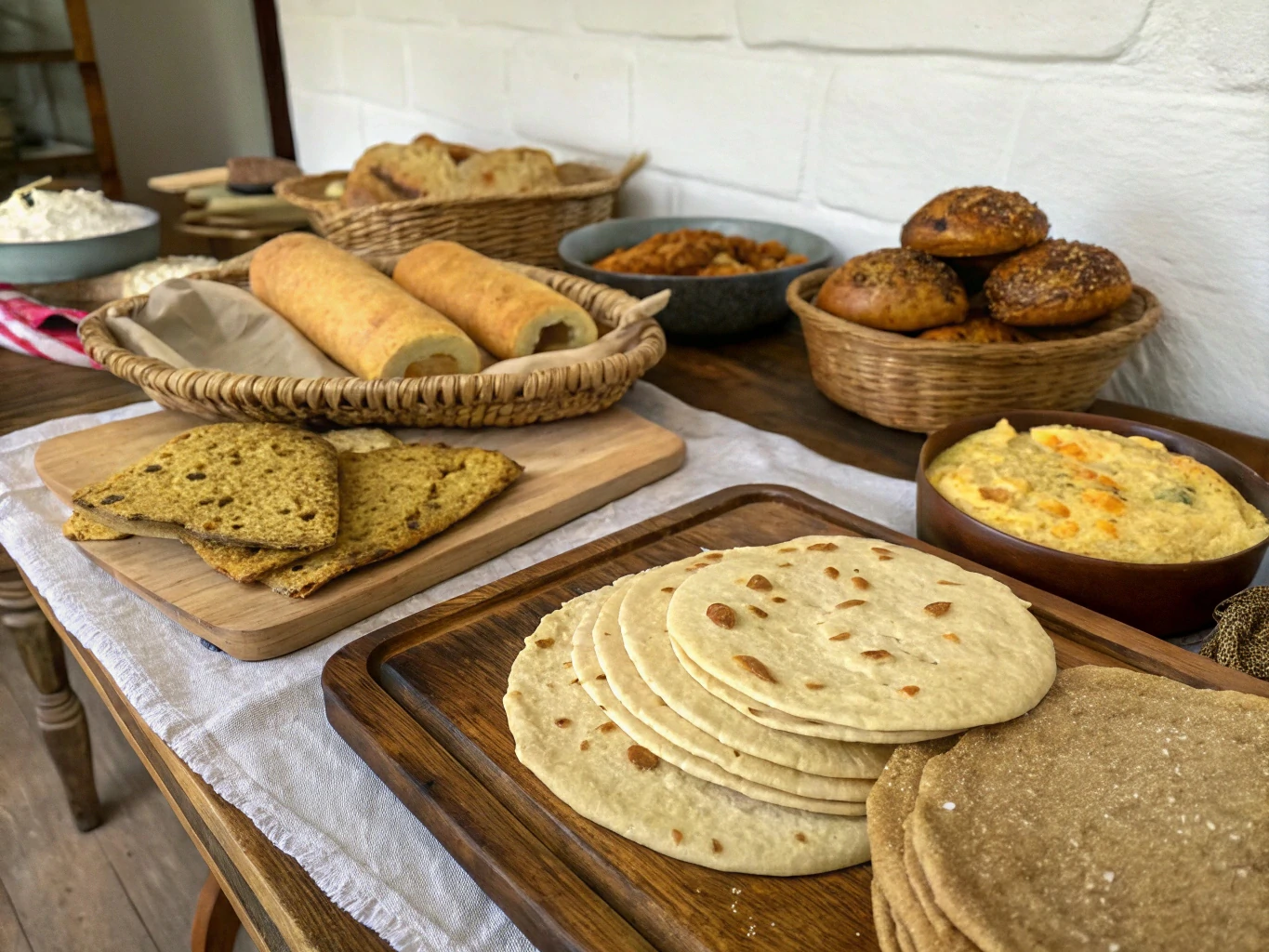
Conclusion: Start Baking Today
Baking gluten-free bread is an adventure one that rewards you with warm, delicious loaves tailored to your needs. From mastering essential ingredients to trying global variations, this guide has everything to make your kitchen a gluten-free haven. Whether you’re whipping up a homemade loaf or grabbing a store-bought option, you’re now equipped to enjoy gluten-free bread that’s flavorful and satisfying.
Call-to-Action: Ready to bake? Download our free Gluten-Free Bread Baking Guide for exclusive recipes and tips! Share your creations in the comments we’d love to see your loaves.
FAQs About Gluten-Free Bread
What is the best flour for gluten-free bread?
A blend of rice flour, tapioca starch, and potato starch works best for a balanced texture. Brands like Bob’s Red Mill offer pre-mixed options.
How do you make gluten-free bread from scratch?
Combine a gluten-free flour blend, xanthan gum, yeast, honey, and water, then follow our step-by-step guide above for mixing, proofing, and baking.
Is there any good-tasting gluten-free bread?
Absolutely! Homemade gluten-free bread with sorghum or almond flour tastes amazing, as do brands like Canyon Bakehouse.
How do you make gluten-free bread that doesn’t fall apart?
Use enough xanthan gum (1 tsp per cup of flour) and don’t overbake. Let it cool completely before slicing.
What is the best store-bought gluten-free bread?
Canyon Bakehouse and Schär are top choices for flavor and texture. Check labels for certified gluten-free seals.
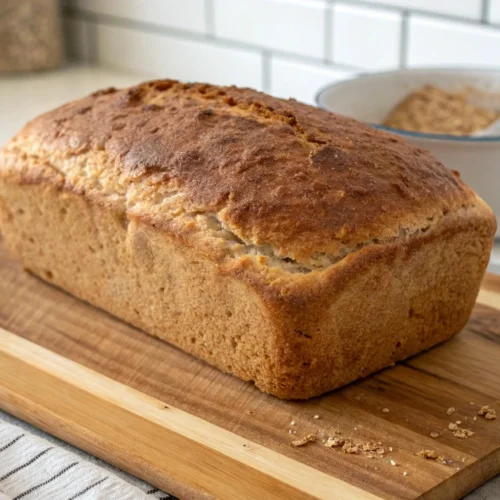
Gluten-Free Bread: Delicious Options for Everyone
Equipment
- Bread Machine
Ingredients
- 1 1/2 cups warm water (110 degrees F/45 degrees C)
- 2 tablespoons vegetable oil
- 1 teaspoon apple cider vinegar
- 2 eggs
- 3 1/4 cups gluten-free all-purpose flour
- 1 tablespoon white sugar
- 1 1/2 teaspoons salt
- 1 tablespoon active dry yeast
Instructions
- Place warm water, vegetable oil, apple cider vinegar, and eggs in the bread machine pan.
- Add gluten-free flour, sugar, and salt. Make a small well and add the yeast on top.
- Select the Basic/White Bread setting on the machine and start it.
- When finished, remove the bread and let it cool before slicing.


